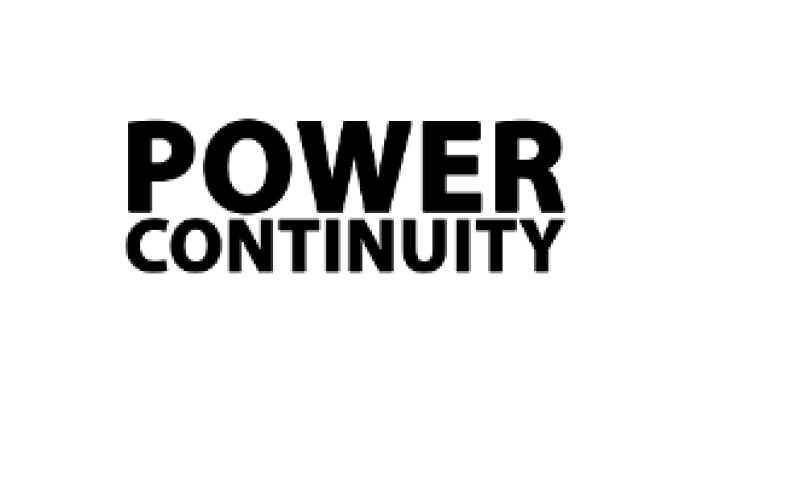Essential Guide to Generator Servicing, Maintenance, and Removal
April 11, 2024 - 0 COMMENTS

Introduction:
In the realm of backup power solutions, generators stand as stalwart guardians, ensuring uninterrupted electricity supply during outages. However, like any machinery, they require regular upkeep to function optimally. Generator servicing and maintenance are indispensable tasks for ensuring reliability and longevity. Moreover, there may come a time when a generator needs to be removed, either due to upgrades or decommissioning. In this comprehensive guide, we delve into the importance of servicing and maintenance, as well as the intricacies of generator removal.
The Importance of Generator Servicing and Maintenance: Regular servicing and maintenance are the lifelines of generators. Here’s why:
- Reliability: A well-maintained generator is more reliable during emergencies. Routine inspections and tune-ups mitigate the risk of unexpected breakdowns, ensuring seamless operation when it matters most.
- Performance Optimization: Through servicing, technicians can identify and rectify minor issues before they escalate into major problems. This optimization enhances the generator’s performance and efficiency.
- Safety Assurance: Generators involve complex electrical and mechanical components. Neglecting maintenance can lead to safety hazards such as fuel leaks, overheating, or electrical faults. Servicing helps detect and eliminate these risks, promoting a safe operating environment.
- Cost Savings: Investing in regular servicing and maintenance is a proactive approach that can save substantial costs in the long run. Preventive maintenance is far more economical than dealing with extensive repairs or premature replacement due to neglect.
Components of Generator Servicing and Maintenance: Effective servicing and maintenance encompass various tasks aimed at preserving the generator’s functionality. These include:
- Inspection: Thorough visual inspection of all components to identify signs of wear, leaks, or damage.
- Fluid Checks: Regular checks and replacements of engine oil, coolant, and fuel filters to maintain optimal performance.
- Load Testing: Periodic load testing to ensure the generator can handle its rated capacity without faltering.
- Electrical System Check: Verification of electrical connections, voltage output, and battery condition to prevent power fluctuations or starting failures.
- Fuel System Cleaning: Cleaning or replacing fuel filters and inspecting fuel lines for blockages or leaks to prevent fuel-related issues.
- Lubrication: Proper lubrication of moving parts to minimize friction and extend component lifespan.
Generator Removal: There are instances when generator removal becomes necessary. Whether due to upgrades, relocation, or decommissioning, proper removal procedures are essential to mitigate risks and ensure efficiency. Here’s an overview of the generator removal process:
- Assessment: Begin by assessing the reasons for removal and evaluating the generator’s condition. Determine whether it can be repurposed, recycled, or requires disposal.
- Planning: Develop a comprehensive removal plan, considering factors such as equipment, manpower, safety protocols, and logistics.
- Disconnection: Safely disconnect the generator from electrical and fuel systems, following manufacturer guidelines and local regulations.
- Dismantling: If necessary, dismantle the generator into manageable components for ease of transportation and disposal.
- Transportation: Arrange for appropriate transportation of the generator components to the designated destination, whether it be a recycling facility or a new installation site.
- Documentation: Maintain detailed records of the removal process, including equipment used, safety measures implemented, and disposal methods employed.
- Environmental Considerations: Dispose of generator components responsibly, adhering to environmental regulations and guidelines for recycling or proper disposal of hazardous materials.
Conclusion:
Generator servicing, maintenance, and removal are integral aspects of ensuring reliable backup power solutions. By prioritizing regular maintenance, businesses and individuals can minimize downtime, enhance safety, and prolong the lifespan of their generators. Similarly, adopting systematic removal procedures promotes efficiency and environmental responsibility. Ultimately, investing in the care and maintenance of generators yields long-term benefits in terms of reliability, performance, and cost savings.
TAG'S :
 AUTHOR
AUTHOR
SHANE DOE
Hello!! My name is SHANE DOE, I’m glad if you are reading this, which means you are someone who likes the environmental, construction, business, electronics, and lifestyle-related blogs because this is what our website delivers about. I hope you enjoyed it all.







